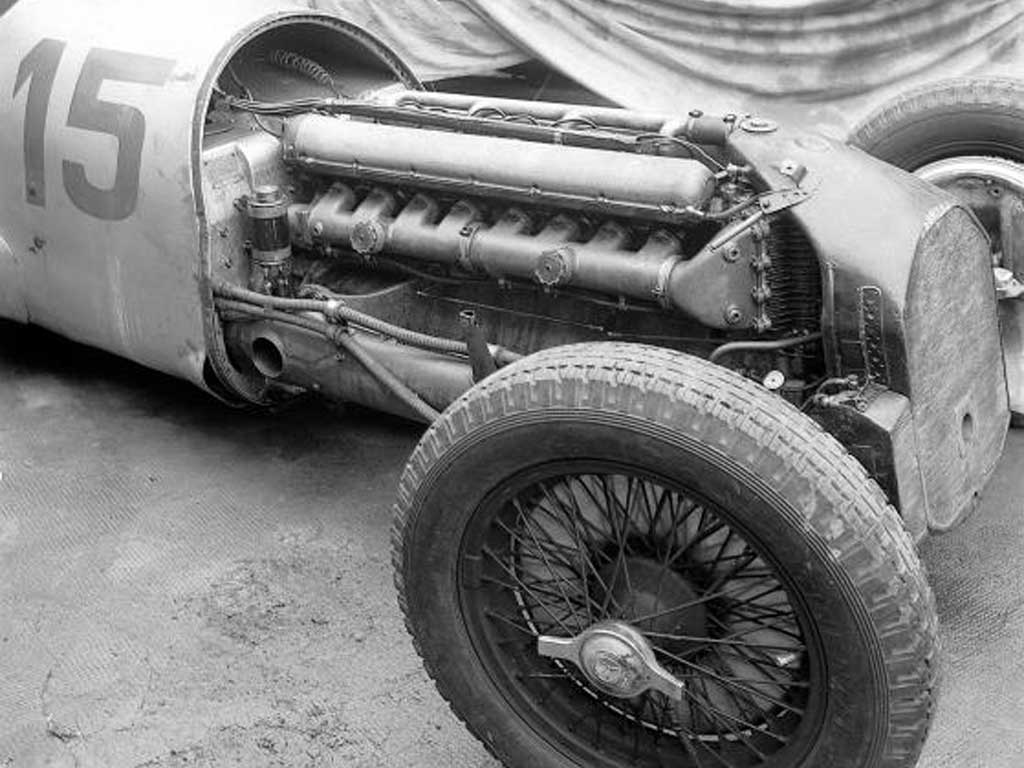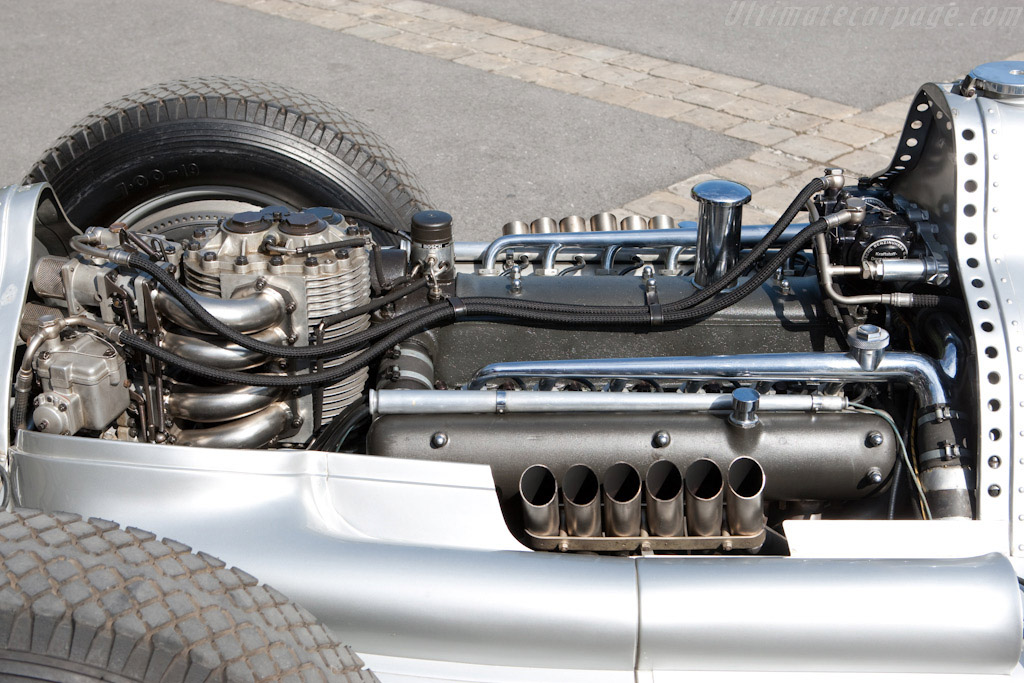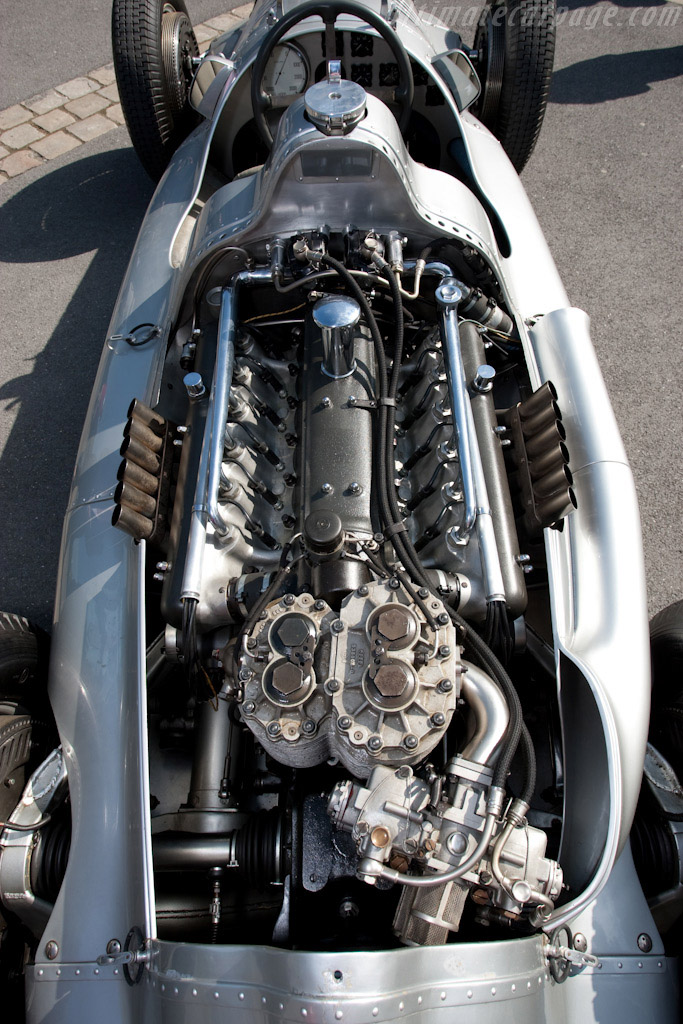https://www.motorsportmagazine.com/arch ... stin-seven
















Always difficult to interpret valve timing spec's when the lift at which the angles are measured is not stated.Tommy Cookers wrote: ↑17 Dec 2018, 17:24from the M125 data given ......
the valve timing is hard to believe (and very different from DB engine development for the '1941 season' of WW2)
The "Pressure Carburettor" (downstream of the supercharger) was favoured (by most teams) for many years, the reason stated being "better throttle response". The suction carburettor is superior in almost every other respect and the difference in throttle response could not be more than perhaps one revolution of the engine - scarcely detectable.saviour stivala wrote: ↑17 Dec 2018, 20:13These old notes are much more extensive then what is given here, they cover mostly the whole car development of that particular year. But only important notes of interest on engine development that leads to its specification were concentrated upon. Some more important notes that might interest some on this 1937 Mercedes-Benz were.
Tests results carried out. “pressure carburettors”:-3000RPM BOOST 6.2PSI AT VALVE 316BHP/750Nm torque. At 5800rpm 13.3PSI AT VALVE 550BHP/675Nm TORQUE. “suction carbuettors”:- 3000RPM 10.2PSI AT VALVE 361BHP/857Nm TORQUE. 5800RPM 11.3PSI AT VALVE 556BHP/683Nm TORQUE.